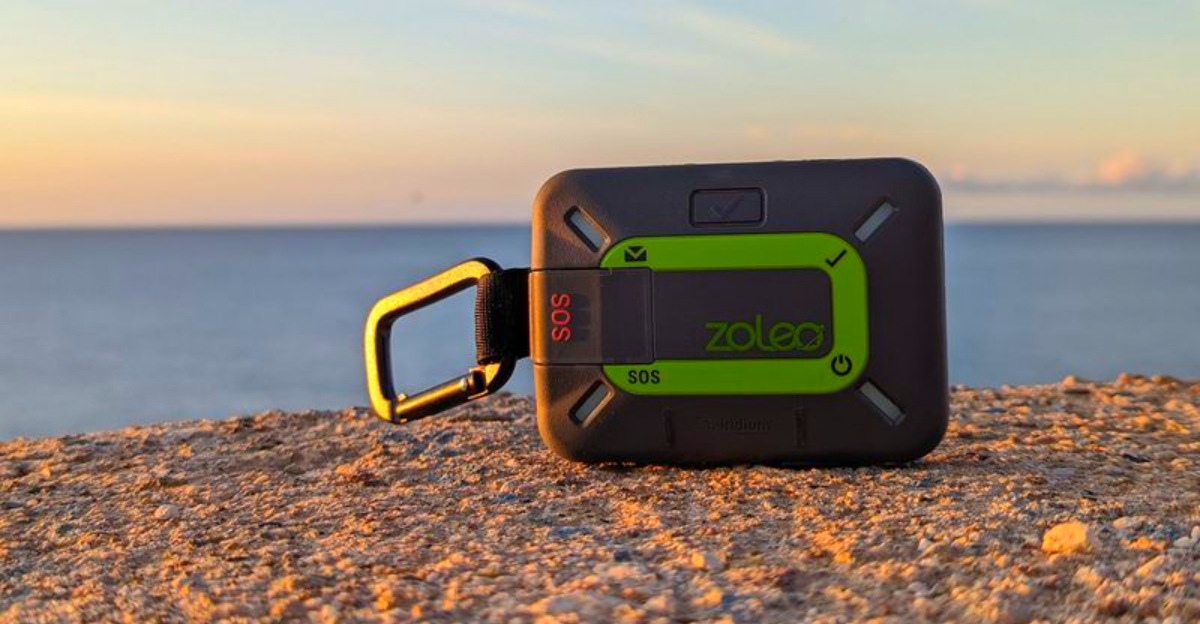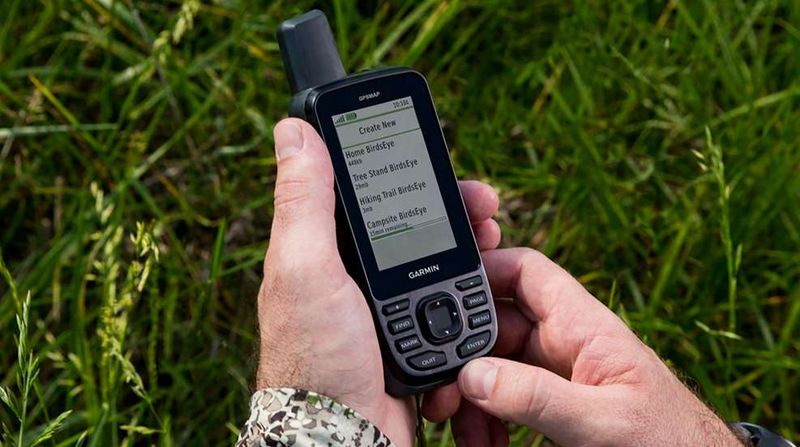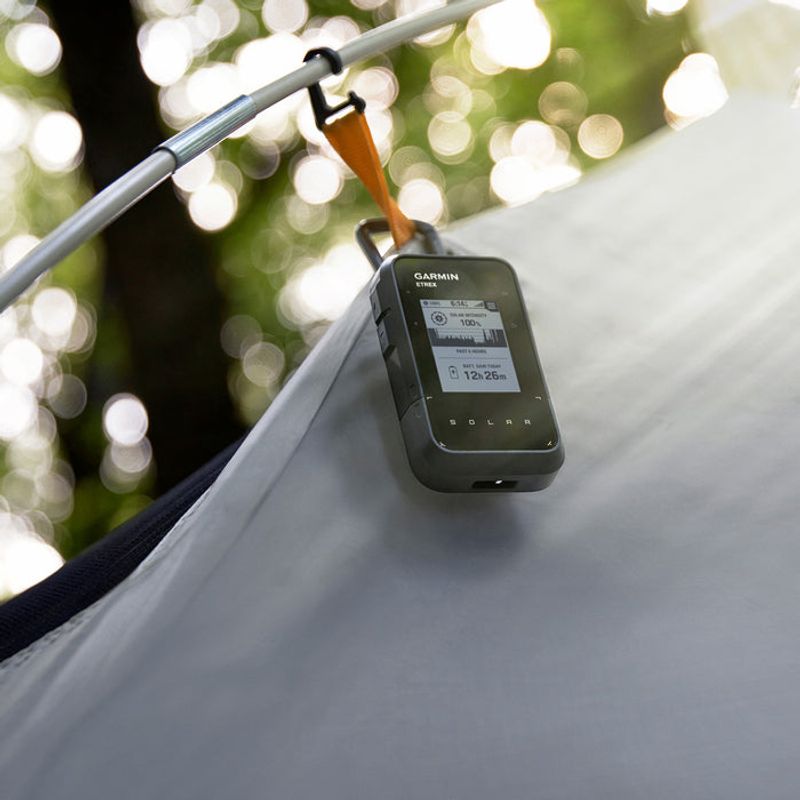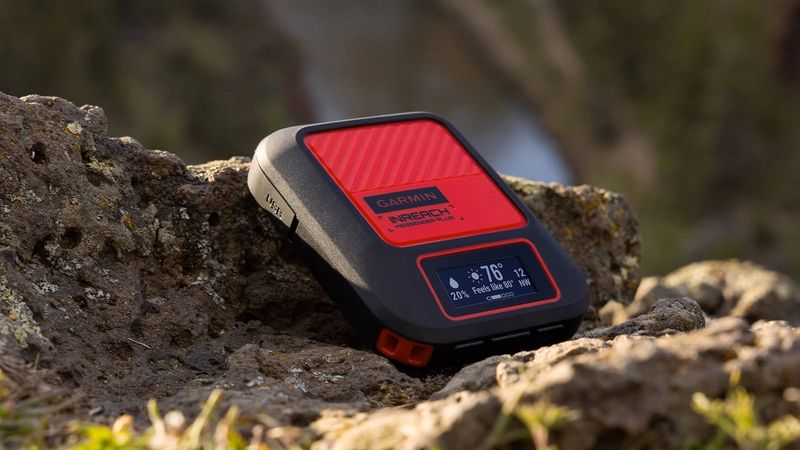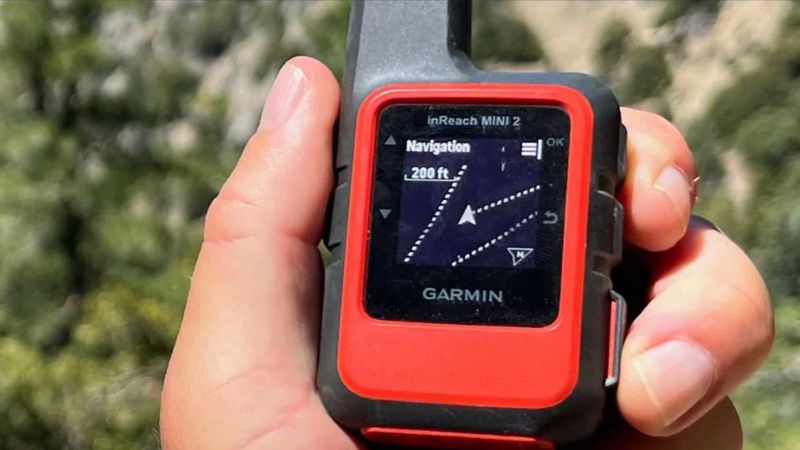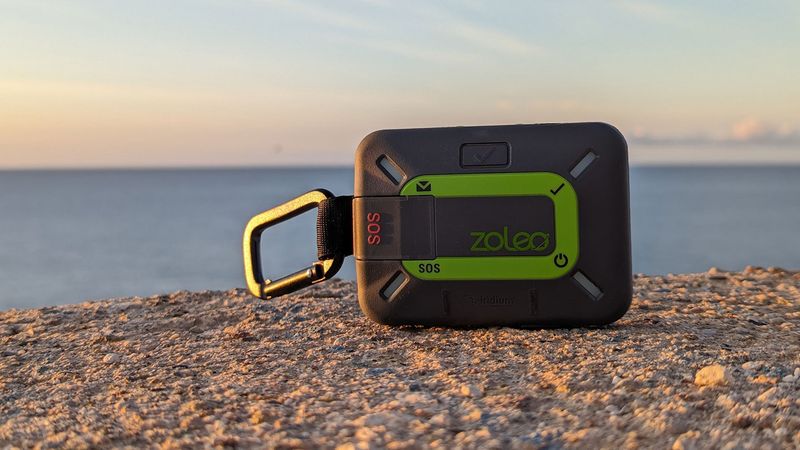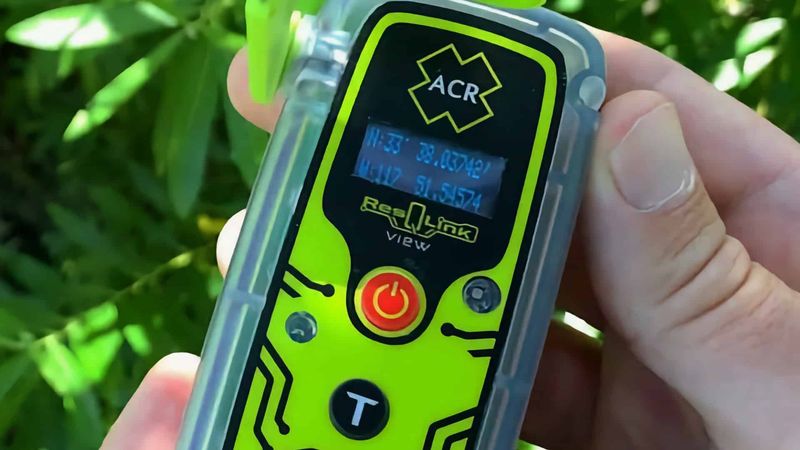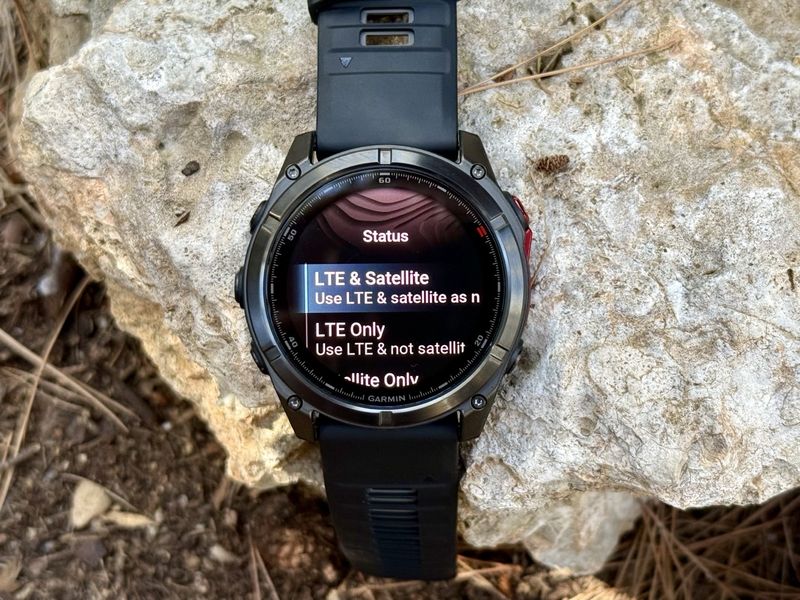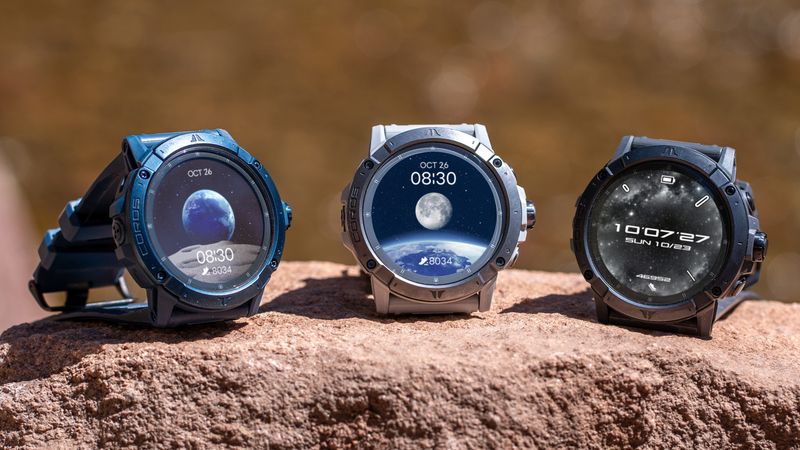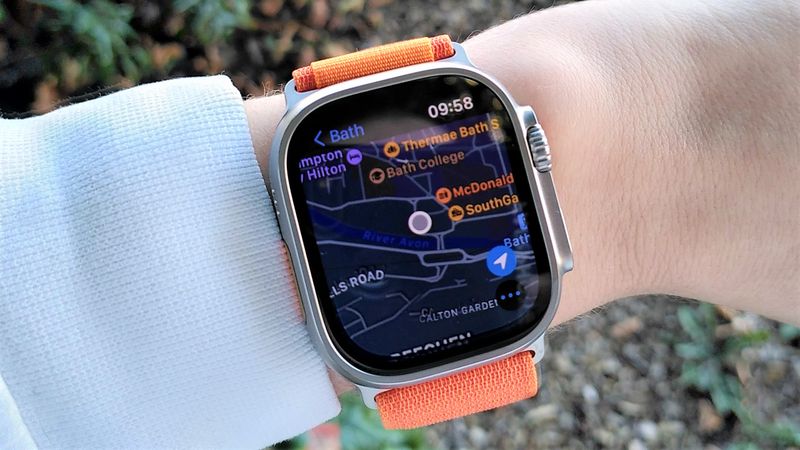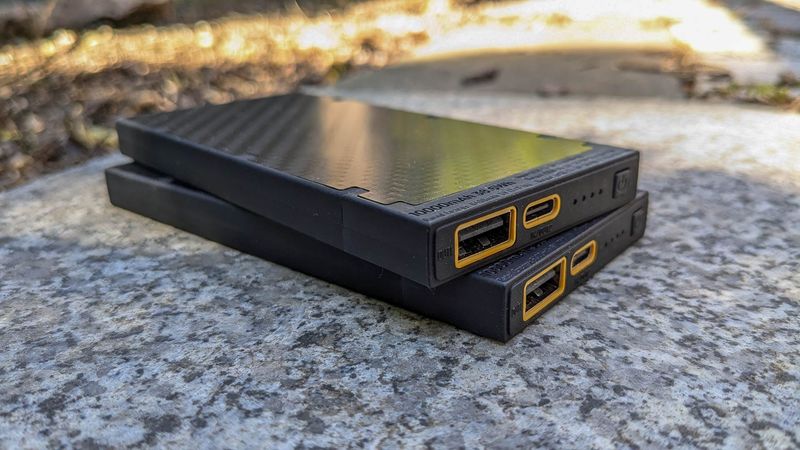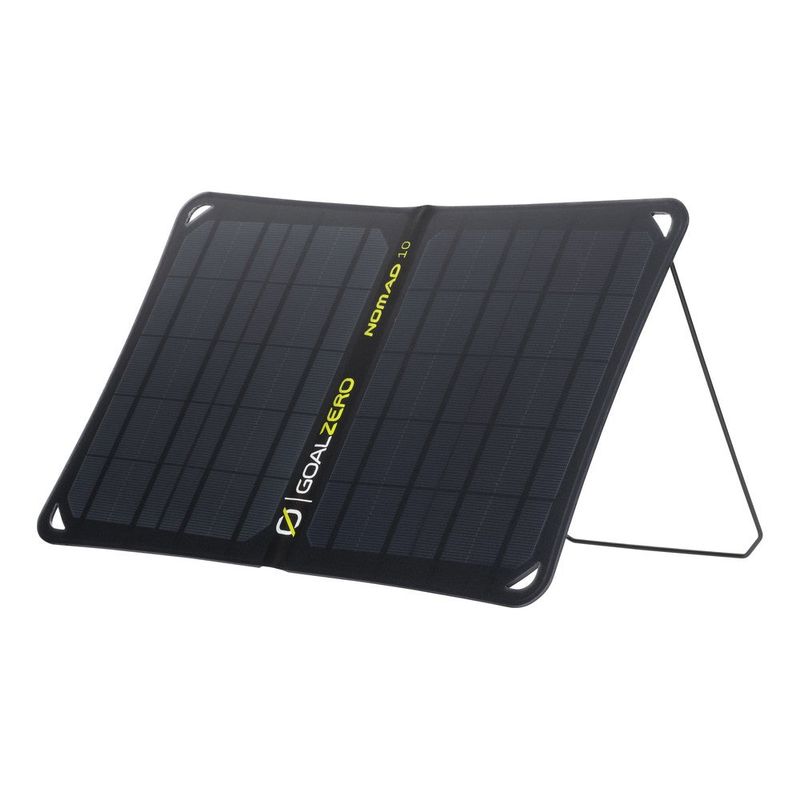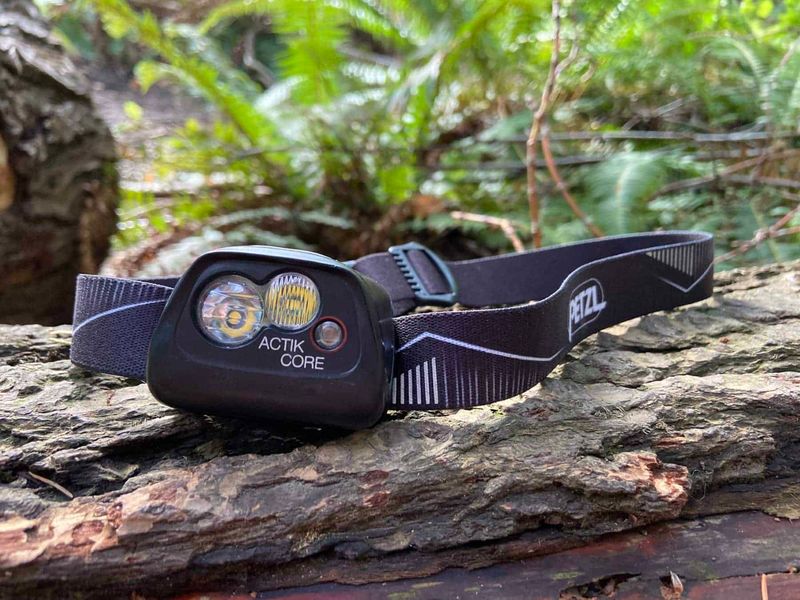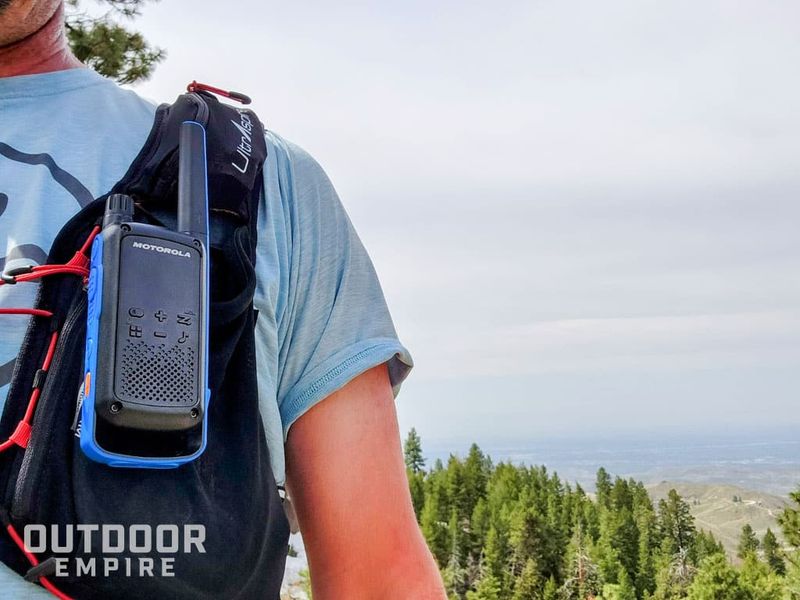Getting lost on a trail can turn a fun adventure into a scary situation fast. Modern hiking electronics have evolved into tough, reliable tools that keep working even when your phone dies or cell service disappears completely. From GPS devices that pinpoint your location in the deepest wilderness to emergency beacons that can literally save your life, the right tech makes every hike safer and more enjoyable.
1. Best overall handheld GPS: Garmin GPSMAP 67
Multi-band satellite reception means this navigator locks onto your position faster and holds signal in thick forests or steep canyons where cheaper units lose track. Reviewers rave about battery life that stretches into triple digits during expedition mode—perfect for week-long backcountry trips.
Physical buttons let you operate the screen wearing winter gloves or when rain makes touchscreens useless. USB-C charging works with common power banks, so topping up at camp is simple.
Unlike your smartphone, this unit won’t die when temperatures drop below freezing or when you’re days away from the nearest outlet.
2. Best lightweight/budget handheld: Garmin eTrex Solar
Solar trickle charging built right into the top panel means you can hike for hundreds of hours without worrying about dead batteries. Set your route, clip it to your pack strap, and forget about it—the sun does the rest.
Breadcrumb tracking records where you’ve been, making backtracking to camp or your car foolproof even in confusing terrain. The internal rechargeable battery eliminates the hassle of carrying spare AAs.
Testers have pushed this little navigator through multi-week treks and still had juice left over. For day hikers and thru-hikers alike, battery anxiety becomes a thing of the past.
3. Best advanced messenger: Garmin inReach Messenger Plus
Sending photos and voice messages from the middle of nowhere sounds like science fiction, but this puck-shaped communicator makes it real using the Iridium satellite network. Group leaders love sharing trail conditions or wildlife sightings with base camp in near real-time.
Full two-way SOS functionality connects you directly to professional rescue coordination centers worldwide. Family back home can follow your progress and exchange texts, easing their worries during long solo expeditions.
The battery capacity outshines earlier models, and the device feels solid enough to survive drops onto rocky trails. Subscription costs apply, but peace of mind is priceless when you’re truly off-grid.
4. Best ultralight SOS/messenger: Garmin inReach Mini 2
Weighing less than a candy bar, this tiny messenger has become legendary among thru-hikers who count every ounce. Real-world trail veterans consistently recommend it because reliability matters more than size when emergencies strike miles from help.
Two-way texting over Iridium satellites lets you check in with loved ones or coordinate meetups with hiking partners when cell towers are distant memories. The SOS button connects straight to search-and-rescue professionals 24/7.
Durability testing shows it survives rain, drops, and pack compression without complaint. Minimalists appreciate that it does one job exceptionally well—keeping you connected when everything else fails.
5. Best value messenger (phone-paired): ZOLEO Satellite Communicator
Pairing with your smartphone turns typing messages into a familiar, fast experience instead of hunting and pecking on tiny buttons. Smart routing automatically switches between Wi-Fi, cellular, and satellite networks to find the cheapest, fastest connection available.
IP68 waterproof ratings mean accidental creek crossings or sudden thunderstorms won’t brick your lifeline. Two-way messaging and SOS over Iridium deliver the core safety features at a price point that won’t empty your gear budget.
Official specs confirm multi-network capability, and outdoor testers praise dependable performance in remote canyons and mountain passes. Your phone handles the interface; ZOLEO handles staying connected where phones can’t.
6. Best no-subscription emergency beacon: ACR ResQLink PLB
Personal Locator Beacons operate on the global 406 MHz COSPAS-SARSAT rescue network with zero monthly fees—ever. One button activates GPS-enhanced distress signals that alert search-and-rescue agencies worldwide within minutes.
Registration with your national authority is absolutely critical; manufacturers explicitly warn unregistered beacons delay rescue because responders can’t identify you or contact emergency contacts. Once registered, this beacon works anywhere on Earth for life-threatening emergencies only.
No subscription means no ongoing costs, making it ideal for occasional hikers who want ultimate safety backup without monthly bills. It’s purely one-way communication—rescue knows you need help and where you are, period.
7. Best all-around adventure watch: Garmin fēnix 8 Pro
AMOLED and MicroLED screen options deliver stunning clarity whether you’re reading maps in bright sunshine or checking stats in your tent at dawn. Built-in LTE and satellite connectivity tie into Garmin Messenger and LiveTrack, letting this watch handle communication duties certain older models couldn’t dream of.
Navigation, health tracking, training metrics, and emergency features combine into the most complete hiking watch Garmin has ever released. Battery management modes balance screen brightness and GPS accuracy to stretch runtime across multi-day adventures.
The price tag stings, no question, but serious hikers find the investment worthwhile when one device replaces multiple gadgets.
8. Best battery-first alternative: COROS Vertix 2S
Multi-band GPS accuracy meets legendary battery endurance in a package that costs significantly less than competing flagship watches. Testers who prioritize runtime above all else consistently choose this refined platform for expeditions where charging opportunities are rare.
The Vertix heritage shines through in thoughtful refinements—better button ergonomics, improved satellite acquisition speed, and smarter power management. Training features rival pricier competitors, making it attractive for athletes who log serious mileage.
Value-conscious adventurers appreciate getting premium performance without the premium price. When your watch lasts the entire trek without dimming or dying, you stop worrying and start enjoying the trail.
9. Best for iPhone hikers: Apple Watch Ultra 2
Dual-frequency GPS rivals dedicated outdoor watches for accuracy, while the brilliant screen remains readable in harsh sunlight that washes out lesser displays. Health and safety features like fall detection, emergency SOS, and heart monitoring integrate seamlessly with your iPhone ecosystem.
Day hikers and trail runners love how training apps, music streaming, and communication work effortlessly together. It’s not built for month-long expeditions like hardcore adventure watches, but for weekend warriors and fitness-focused hikers, nothing beats the Apple experience.
Battery life requires more frequent charging than specialized units, yet the convenience and feature richness make it the obvious choice for iPhone users.
10. Best ultralight power bank: Nitecore NB10000 Gen 2
Carbon-fiber construction keeps 10,000 mAh of charging capacity under 150 grams—light enough that weight-obsessed backpackers actually pack it instead of leaving it home. USB-C Power Delivery at 20 watts charges modern phones and GPS units quickly during lunch breaks or at camp.
Trail favorites earn their reputation through real-world performance, and this bank has become legendary in thru-hiking communities. The weight-to-capacity ratio beats nearly everything else on the market without sacrificing build quality.
Safety reminder: double-check any older Anker power banks against 2025 recall notices before your next hike. Battery fires in packs are no joke, so verify model and serial numbers carefully.
11. Best compact solar panel for topping up: Goal Zero Nomad 10
Ten watts of solar collection folds into a compact package with an integrated kickstand that props the panel toward the sun during breaks or while you’re setting up camp. Sunny ridgeline lunches become charging opportunities for headlamps, phones, or power banks.
Durability testing confirms this panel survives the abuse of pack travel and weather exposure season after season. Specs note it’s not chainable with Nomad 5 or 10 models, but 20-watt-plus versions do link together for basecamp setups.
Lightweight design means you won’t resent carrying it, and free energy from the sun feels magical when you’re days from outlets. Cloudy days limit output, so pair it with a power bank for reliable results.
12. Best rechargeable headlamp (with AAA backup): Petzl Actik Core
Rechargeable convenience meets emergency flexibility—swap in AAA batteries if your core battery dies unexpectedly, giving you a backup plan most rechargeable-only lamps lack. Output ranges from 450 to 600 lumens depending on battery type and mode, providing plenty of light for trail navigation or camp chores.
Simple controls work even with cold, gloved fingers, and the lightweight design disappears on your forehead during night hikes. Proven reliability has made this lamp a favorite among reviewers and weekend warriors alike.
USB charging from your power bank keeps it topped up between trips, while the AAA option ensures you’re never stuck in total darkness if you forget to charge.
13. Best budget two-way radio: Motorola Talkabout T800/T802
FRS radios with Bluetooth app integration bring surprising tech to an old-school communication tool—location sharing and basic texting between radios through your phone’s interface. NOAA weather alerts keep your group informed about incoming storms or temperature drops.
Group coordination becomes simple when phones have zero service but you need to split up for water or scouting side trails. Range claims depend heavily on terrain; expect a few miles in forests, more in open country, and less in steep canyons.
Budget-friendly pricing means equipping your whole crew won’t break the bank. Walkie-talkies feel retro, but they work when modern networks don’t, making them surprisingly relevant for backcountry adventures.
